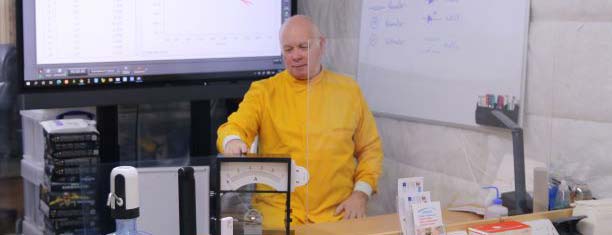This is a sample of some of the emails I receive
"My child wants to
do triple science, but has been told that the school will only enter them for
double, as they believe this will 'maximise the child's grades and therefore their life
chances'. i.e. they would rather the child got
two As or A*s than risk getting 3 Bs."
I agree. This is a
load of rubbish, but is a problem that schools are making on their own.
Very commonly schools believe that students cannot improve.
Schools are ranked on what grades the students get. It is
in your childs schools interest that your child takes fewer subjects with higher
grades than taking more subjects and possibly getting a lower grade.
The school
can now only count the first time a student takes an exam for their performance
figures.
This is often why this rule about double / triple science exists. The
school does not want to have any poor grades. The schools are scared of a child getting lower grades which will
lower the schools performance average.
It is in the schools interest that your
child does less subjects with better grades and nothing to do with your
childs progress.
It seems that schools are out for themselves and not putting the child first - just to get higher up a league table. What is the benefit to a school that has good league table results if it doesn't try to help children suceed
















